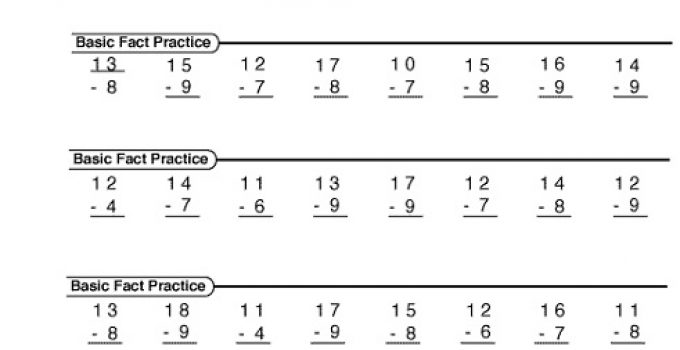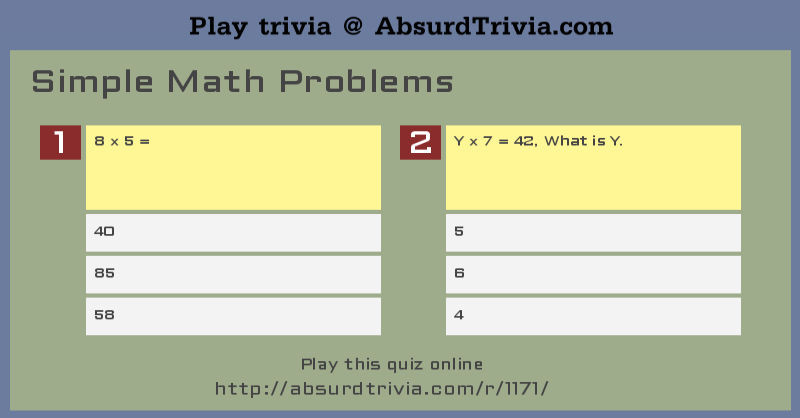

The following activities can help them to understand the quantity and comparison of things. They can identify the difference between big & small, light & dark, etc. Kids can compare the sizes from a very early age. Deciding the features according to which they are sorting the objects.Identifying the characteristics of objects.If the kid starts to identify or match the objects, they immediately do sorting simultaneously. Sorting helps a kid to classify and arrange objects according to size, shape, or color. Matching is an activity that helps a kid to classify the objects into alike or unlike or similar objects. This is a kindergarten math assessment activity that helps the kid to understand their surroundings and environment better. Hence, they can learn counting and cardinality. The kid can relate number 1 to one object and number 2 to two objects. Through these math activities, kids can identify and understand the connection between the number name and the count of objects in that lot or a set. The relationship between a number and the quantity represented by it is known as counting to cardinality. The following chart can be used to identify the counting sequence.Ībacus can also be used to the counting of objects or to learn counting sequence in a kinesthetic way. Kids are advised to use fingers to identify the number and the counting sequence. Here are a few charts which can help kids in learning number names, count sequence. So, once they start recognizing, we can introduce number names and counting sequences of numbers.

Kids identify the numbers and sizes in a non-verbal way till the time we teach number names like 1- one, 2-two, 3-three, etc Here are a few math games, kindergarten math assessments, math activities, number worksheets, preschool number games in accordance with the kindergarten curriculum. So, we need to create the pre-school math activities as a visual treat to the kids and inspire them to learn basic math in a fun way. Kids at this age generally get attracted to colors, different shapes, and pictures. So, the activities at the kindergarten age should also be designed in an organic way that enables learning with fun. They generally learn in a kinesthetic way i.e., touch and feel method. Lesson PlanĬhildren are very much curious to explore the world around them in their own way. So, let us learn more about math activities at the kindergarten age and related number worksheets. Kids who are strong in pre-math are much confident and enthusiastic to learn math basics like addition, subtraction, math problems involving all arithmetic operations with great ease. Kids actually do counting non-verbally or at least they recognize counting well before they can say 'one', 'two', 'three'.īrain development in kids is rapid at this age. It is much advisable to introduce simple and basic math like counting numbers and cardinality, comparing numbers, identifying shapes, sorting, matching, etc at kindergarten so that they are well prepared and their brain also develops inherent problem-solving skills and math ability. Maybe in your first grade, or at the age of 4 - 5 years.īut surprisingly, you were doing the counting, comparing the sizes, identifying shapes subconsciously from the very early age like 15 months - 2 yrs. Want to keep these math questions handy? I have made a handy printable sheet you can hang, laminate, or place in a reference binder until they become part of your daily conversation.Have you ever wondered when you first encountered the word 'MATH'? Get them to think about the why behind the problems and learn to explain their thought process behind their math explorations. The goal is to get kids talking and thinking about math. These questions can be used at the grocery store, in a classroom, at the park or during a stroll around the block.

The great thing about these questions is that they work for open ended and directed learning adventures, the same. How could you count these differently? 4. What could you do with these materials? 2. The idea is to get them thinking instead of just giving them the answers.ġ.
SIMPLE MATH PROBLEMS FOR PRESCHOOLERS HOW TO
It was common for parents to ask how to encourage this same conversation at home with their children, so I have compiled 10 simple questions you can use to encourage math thinking with your learners anytime, any age, and at any skill level. When I was in the classroom, I was always trying to encourage math thinking through simple discussions and the way I talked to the children. In fact you can find simple ways to encourage math during everyday adventures and activities. Teaching math doesn’t have to be daunting and overwhelming.


 0 kommentar(er)
0 kommentar(er)
